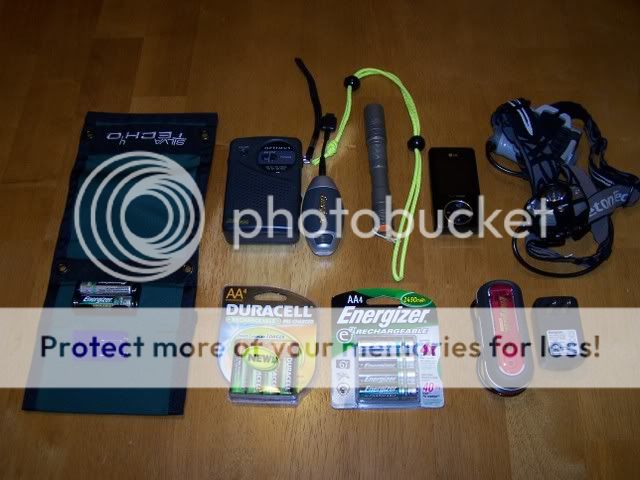ruriimasu
Enlightened
- Joined
- Oct 17, 2007
- Messages
- 573
Hi,
I am making a solar universal battery charger (mainly eneloop AAs and 18650s) and I need tips. The solar panel I bought off DX claims 5V and 130mA. I will use a diode to prevent the charge from flowing back (so I heard). Do I need any resistor from the wiring to the battery to prevent shorting the battery or something as the panel is 5V and my batteries are 1.2V and 3.7V? I plan to use a double AA battery holder and charge 2 AA batteries at same time, or charge a single 18650 at any time each. Any help is appreciated!
I am making a solar universal battery charger (mainly eneloop AAs and 18650s) and I need tips. The solar panel I bought off DX claims 5V and 130mA. I will use a diode to prevent the charge from flowing back (so I heard). Do I need any resistor from the wiring to the battery to prevent shorting the battery or something as the panel is 5V and my batteries are 1.2V and 3.7V? I plan to use a double AA battery holder and charge 2 AA batteries at same time, or charge a single 18650 at any time each. Any help is appreciated!





 )
)

